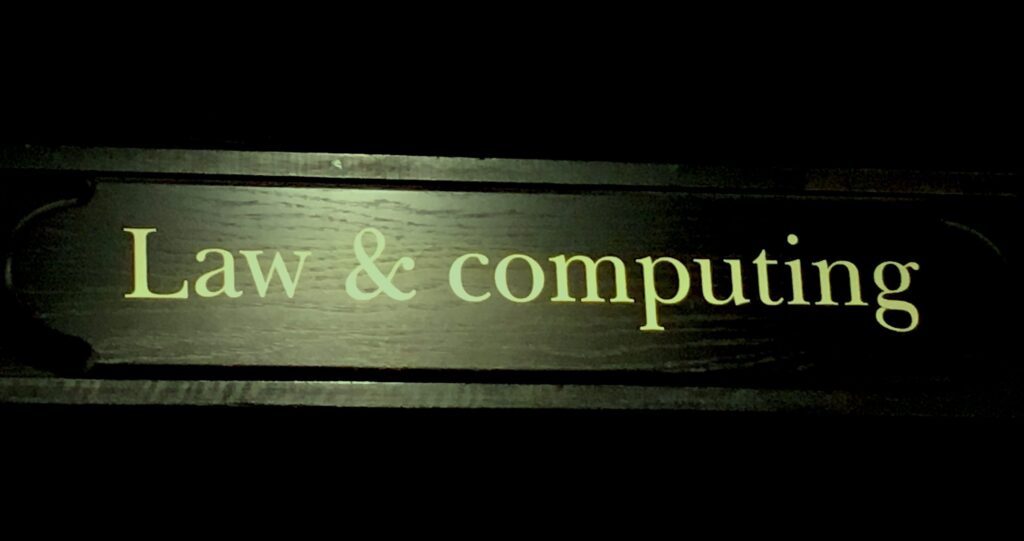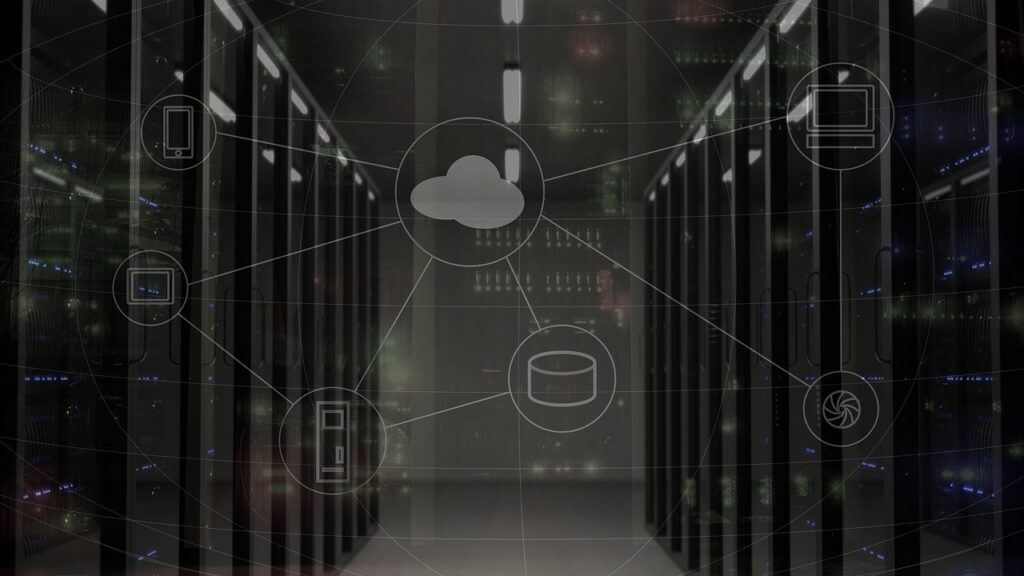LegalTech is transforming the legal industry and introduces technology to various aspects of the daily lives of lawyers. We recently provided you with an extensive analysis of the different categories of LegalTech solutions. Today, we look at the latest trends in LegalTech aka LawTech and how they are changing the sector.
The 5 LegalTech trends that shape the industry
We have long been monitoring the impact of technology and innovation in the legal industry. After all, the legal market is estimated to generate almost $300 billion in revenue in the US alone this year. So, it’s a big opportunity and an ancient profession: the perfect combination for tech disruption you could say. We therefore categorized the numerous solutions that are developed and provided by hundreds of startups that want to have a piece of this pie and if you want to have a closer look at them, head over to the PlanetCompliance LegalTech Directory. While these solutions seem to cover every last corner of the legal profession, what are the latest trends in this field and what lies ahead? Here are 5 trends that already have had a significant impact and/or are going to shape things to come:
The rise of Artificial Intelligence in its different forms and applications
No matter who you ask in the industry, everyone seems to believe that AI is the big game changer for the legal industry. In fact, Artificial Intelligence, Machine Learning and Deep Learning are at the centre of many LegalTech solutions. These terms that are often used interchangeably but there not the same. To understand how they affect the industry, we most therefore first outline what we mean by them. If you search the web, you’ll find many articles that try to explain the differences between the three and instead of trying to reinvent the wheel, let’s look at a pretty good example from Michael Cope landon the Nvidia blog: for him, the easiest way to think of the relationship between the three terms is to visualize them as concentric circles with AI — the idea that came first — the largest, then machine learning — which blossomed later, and finally deep learning — which is driving today’s AI explosion — fitting inside both.
Artificial Intelligence can be categorized into General AI, which describes fabulous machines that have all our senses and more, all our reason, and think just like we do, e.g. C-3PO from Star Wars or the Terminator, on one hand and on the other into what Copeland calls Narrow AI. The latter refers to more realistic AI, i.e. technologies that are able to perform specific tasks as well as, or better than, we humans can. Examples of narrow AI are things such as image classification on a service like Pinterest and face recognition on Facebook.
Machine Learning is the practice of using algorithms to parse data, learn from it, and then make a determination or prediction about something in the world. An example is a spam filter that has learned on the basis of data and algorithms to predict, which emails that have landed in our inbox are junk.
Deep Learning is practically a technique to implement Machine Learning based on how human brains work. Copeland uses the following example to describe how it works: Artificial neural networks have discrete layers, connections, and directions of data propagation and you can take an image, chop it up into a bunch of tiles that are inputted into the first layer of the neural network. In the first layer individual neurons, then passes the data to a second layer. The second layer of neurons does its task, and so on, until the final layer and the final output is produced. Each neuron assigns a weighting to its input – how correct or incorrect it is relative to the task being performed. The final output is then determined by the total of those weightings.
So, you could think of AI as the overall category into which the other fall as well as the first step of the process described above. However, it is this third category that drives the latest wave of AI innovation. We see them in improved natural language processing, data mining solutions or for chatbots.
The move to the Cloud
Legal firms are amongst the most reluctant adapters of cloud computing, but there is no question as to whether the direction we are heading. The advantages of cloud computing are too substantial that the industry could refuse to utilise it and with the advances in cloud development costs have come down and it is no longer limited to big firms to use effectively. Cloud computing does not require firms to build and maintain expensive IT frameworks. It also increases the flexibility of businesses as resources can be used as required and data can be accessed and recovered easier.
Especially the access to documents wherever you are makes cloud computing preferable for billing solutions, collaboration on documents or the sharing of files, for instance, for online dispute resolution.
Cybersecurity
One of the downsides of cloud computing, however, is the frequently cited risk of cybercrimes. Last year saw a substantial rise in incidents where hackers targeted law firms. Given their access to often sensitive and confidential information the systems that law firms use are an attractive target for criminals. The Panama Papers or the ransomware attack on DLA Piper last year are just two prominent cases.
Cloud computing is therefore often perceived as more vulnerable. While sharing files on servers with other firms may be the cause for trust issues, the answer to the question whether cloud computing is more or less risky than on-site servers is less straightforward. Opponents claim that managing resources is already difficult and moving it to the cloud would just add to the challenges; its supporters however point out that cloud solution providers might actually be better prepared and invest more in cyber security. Another approach could be a hybrid solution that lets you store the most sensitive data on a private server but run the rest of the operations in the cloud. Regardless of what approach one prefers though, the key objective is to address the rising risk of cyber security, which for the reasons outlined above is all the more important for the legal industry.
Blockchain Technology and Smart Contracts
Another key trend is Blockchain technology and Smart Contracts. Similar to AI above, it is also first necessary with regard to Smart Contracts to determine what is meant by it because there is a large range of what people think smart contracts are. On one end you have those that translate it as a code-is-contract, i.e those that believe that even complex contractual agreements can be codified entirely so that there there would be no need for agreements in natural language but only in code. Then you have the other end of the spectrum where smart contracts are considered to automate the performance of certain aspects of an agreement. For instance, where a contract drafted in natural language sets out the relationship between the parties and provides the framework, while the smart contract then automates certain aspects such as the execution of a contractual obligation. Not only is the latter easier to program and thus to achieve, it might also have a profound impact as it would allow for ambiguities where necessary but could harness the power and efficiency of automation through smart contracts. An example would be a derivatives contract where if a specific event like the passing of a deadline for the holding period of an option occurs and a connected data source provides the value of the underlying asset. The contract has determined what happens if the value is above or below a certain level and triggers a respective action like the payment or acquisition of a title like a share. The smart contract governs and executes all these aspects, while the overarching agreement would deal with aspects that lie outside absolute ambiguity in required by smart contracts in most cases. This requires a number of ifs and buts, but is still easier to achieve than translating the entire agreement into code without dealing with certain aspects that cannot be coded.
And what about Blockchain Technology? In addition to the element of automation of execution that is a key driver in respect of smart contracts, Blockchain is also praised for its transparency and resistance against tampering with the data stored on it. That makes it a perfect fit for digital signatures or notarisation and related solutions that let you have documents certified or notarised online. Record management and verification are two key aspects, especially if you consider that a blockchain ledger could also include a built-in audit function and let’s firms store data in a secure manner.
Consolidation
And lastly there is the always present prospect of industry consolidation. Let’s face it: a lot of the LegalTech solutions out there are great and can really change how lawyers work or legal advice is accessed. There is however the tiny problem that these solutions –quite rightly so – also cost a bit of money. So, the solutions that address only certain aspects of these processes might find themselves in a bit of a hole since the advantages of solutions that combine features and provide a more holistic product are obvious. This in turn could lead to a consolidation or combination of solutions to make them more affordable and accessible.


